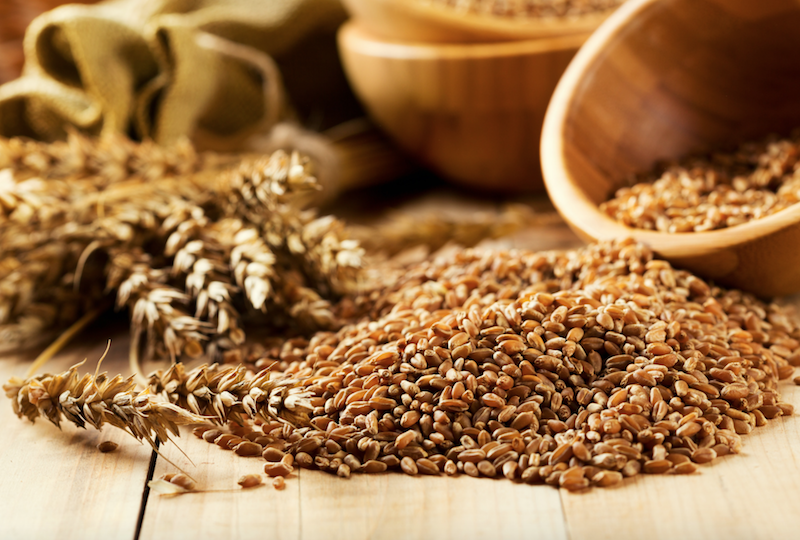When compared to the average person, individuals with lung conditions (chronic bronchitis, asthma, and emphysema) use way more energy during breathing. Such breathing problems are primarily a result of narrowing and inflammation (swelling) of the lung’s airways. In general, good nutrition is critical for good health and eating nutritious, well-balanced meals each day can play a significant role in the prevention of lung problems.
Here are five healthy eating strategies that can help alleviate labored breathing and other symptoms of common lung conditions.
Eating Multiple Meals Throughout the Day
Due to the increased energy demand associated with labored breathing, maintaining adequate calorie intake throughout the day is critical. This makes breathing much easier. The macronutrients contained in meals supply the body with caloric energy, which is used to fuel the breathing process. If you have a lung condition, it’s best to consume about 4-6 small-portioned meals over the course of a day, as increased fullness and stomach bloating can make breathing more difficult.
Related Article: A Simple Guide to Eating Sensibly
Getting Adequate Amounts of Protein
Eating a diet rich in protein is important for preserving muscle mass and function. This is especially critical in the presence of a lung condition, as muscle wasting is a common occurrence in the diaphragm and other muscles that support breathing. Muscle wasting can lead to extreme fatigue and weakness, which can hinder your efforts to stay fit. Therefore, it’s important to include seafood and fish, poultry, lean meats, eggs, low-fat dairy foods and/or whole soy products in your diet.
Related Article: Nutrition Basics: Your Daily Protein Intake
Consuming Large Portions of Vegetables and Fruits
Individuals with lung conditions are at increased risk of chest infections including acute bronchitis and pneumonia. Vegetables and fruits are rich in vitamin C, beta-carotene, and other antioxidant micronutrients that have been shown to effectively ward off chest infections while boosting immunity. You can obtain substantial amounts of these antioxidants by consuming a combination of orange, red, and deep green vegetables and fruits like carrots, tomato, mango, spinach, and kale.
Related Article: Eight Super-Simple Ways to Get More Veggies Into Your Diet
Including Whole Grain Foods and ‘Good’ Fats
Whole grains and healthy fats (namely omega-3 fatty acids) contain numerous vitamins, minerals, and other natural chemicals that have powerful anti-inflammatory effects that help alleviate airway inflammation. For maximum benefits, choose 100% whole grain products or those that contain at least 16 grams per serving like oatmeal, quinoa, whole wheat, brown rice, and whole rye.
Related Article: What You Should Know About Carbs and the Glycemic Index
When it comes to omega-3 polyunsaturated acids, oily fish like salmon, tuna, and trout are incredibly beneficial but these fats can also be obtained from soybeans, walnuts, and flaxseeds.
Related Article: Good Fats Versus Bad Fats: What You Need to Know About Dietary Fat
Avoiding Overly Processed Foods
Lung conditions can lead to asthma-like symptoms making it extremely difficult to breathe, especially during exercise. Consuming highly processed carbohydrates and foods rich in unhealthy trans fats and sodium can trigger or even worsen these symptoms. Such foods come in many forms including commercially baked goods (cakes, cookies, and crackers), refined grains (white bread, regular pasta, and white rice), and fried foods (French fries, fried chicken, and doughnuts).
Eating these foods also increases the risk of numerous other chronic diseases, which is why it’s best to avoid them.
Related Article: Tip to Dieters: Beware of Empty Calorie Foods
Now, it’s important to understand that healthy eating won’t reverse or cure chronic lung conditions. However, such practices can certainly make breathing a whole lot easier thereby helping you to stay fit. Maintaining an adequate level of fitness will ultimately enhance your quality of life while reducing your overall risk of disease.
Related Article: Three Smart Strategies for Exercising with a Lung Condition







